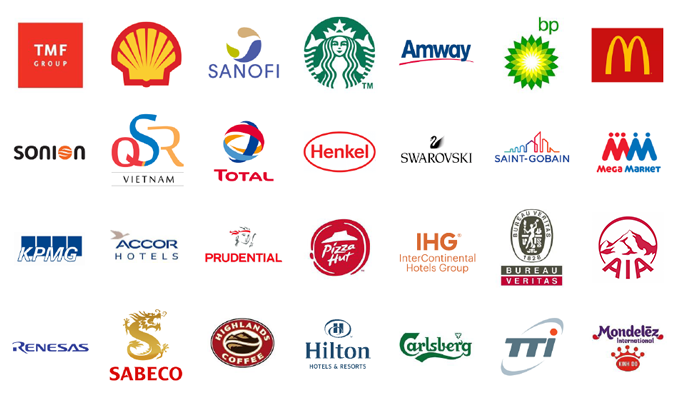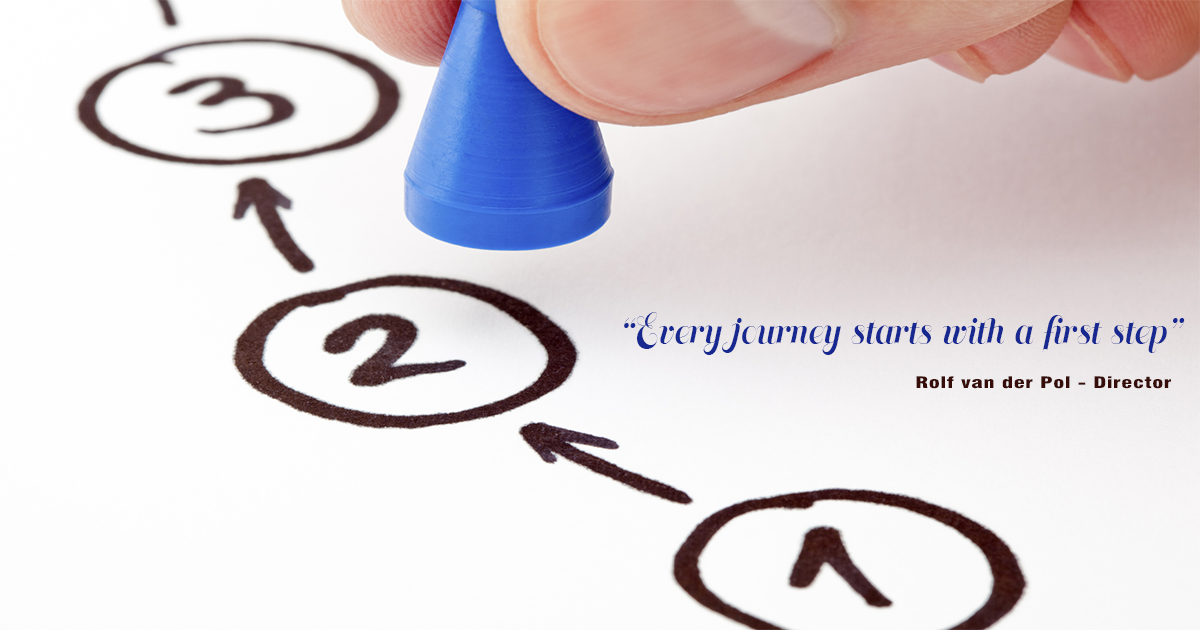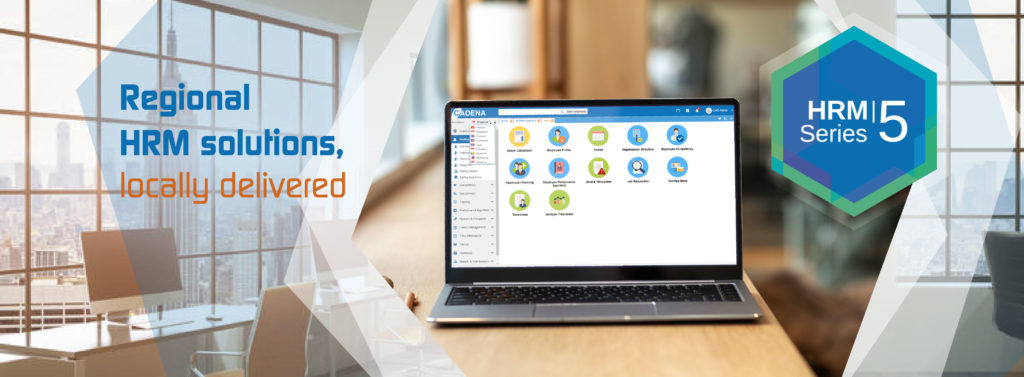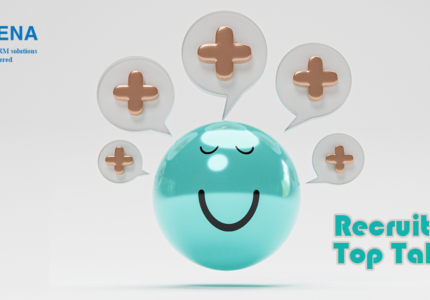Most companies – big, small, local, regional, global, startup, or well-established – realize digitization is a must. But how? Cadena works with many companies across the region and the question “how?” is big and broad so let’s break it down into some elements and steps that can help any organization pondering an HR transformation and HRIS implementation.
All based on our experience of working with companies like…

Every journey starts with a first step, so let’s start with defining the goal. It’s good to be ambitious but stay realistic. Practices in HRM and Payroll have often grown into what they are now over years if not decades. Changing that takes time, so it’s perfectly fine to see an HRIS implementation as part of a transformation journey that spreads over several months or even years.
Related to that: phase. Don’t do everything at the same moment. That’s resource-consuming, likely not efficient, and potentially also not effective. One of the clients we’re working with at the moment for instance already has a system in place in Thailand (ok they want to replace that, but it works for now) but nothing yet in Malaysia…. So: start in Malaysia, learn your lessons, and then move on to other countries.
Not only in terms of geography you can phase your project, but also in terms of HR processes: most HR processes need time to implement, staff and line managers need to get used to new operating procedures and the organization needs to ‘absorb’ the new, digital way of working. Setting up 9 boxes, building and executing a proper employee feedback system, starting with 360 reviews…. it all takes time. So, plan the implementation, be realistic, and do it well.
Spend your money wisely, focus on the key benefits you’re after, and plan the project well. Phasing helps to plan your investment and forecasts your cash flow. We can’t stress it enough: you have to see an HR transformation project and/or HRIS implementation as an investment, not as a cost. You don’t do it because you have to, you don’t do it for fun, you do it because it makes sense and because it will generate benefits in terms of speed, staff engagement, quality, and efficiency.
But… don’t assume it will generate benefits just like that. If you buy a car in the hope and expectation it will bring you fast and safely to your destination, but you don’t know how to drive, it is a useless investment. An HRIS is a tool and you need to ‘drive’ it – daily – to reap the benefits.
Make sure upfront that you prepare a proper budget – not only for the project but also for the BAU mode once the HR system is up and running. Build a business case and make sure you manage and control the costs and reap the benefits you’re after.
The most important though? Start! Even when the journey is long and tough, there’s no reason to postpone the implementation of an HRIS and organize your payroll, overtime, leave, and other HR processes. You eat an elephant bite by bite. Start chewing.








